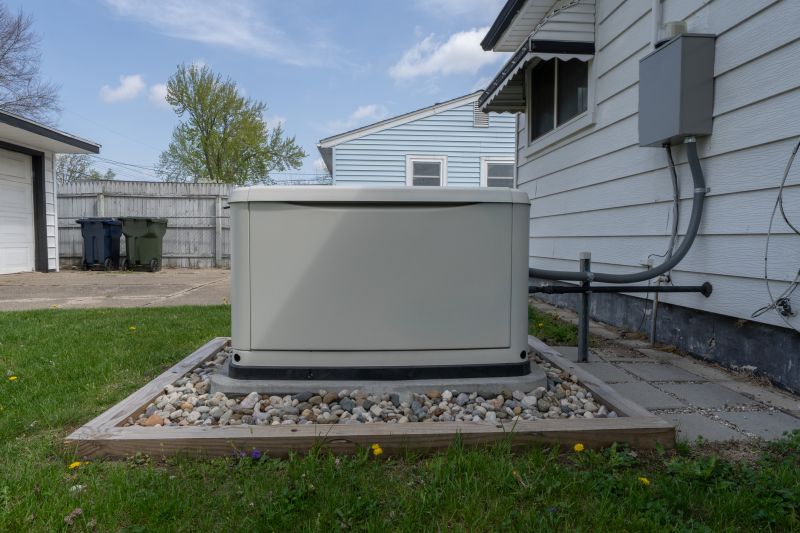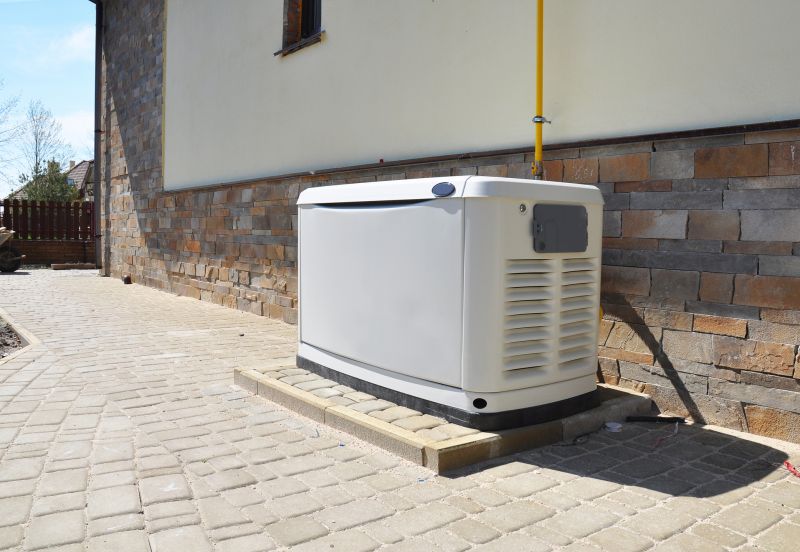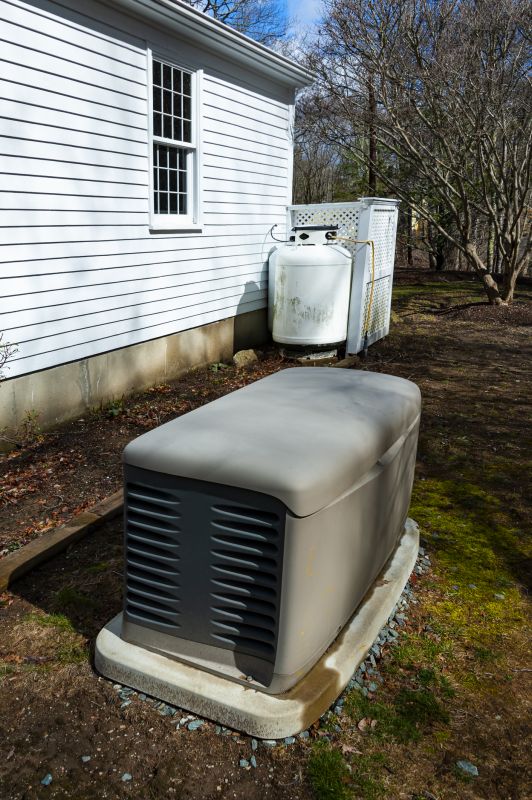Seamless Backup Power System Integration
Installing a backup generator provides reliable power during outages, ensuring continuous operation of essential household systems. It offers peace of mind by minimizing disruptions caused by power failures, which can be triggered by storms, grid issues, or other unforeseen events. Proper installation is crucial for safety, efficiency, and compliance with local codes, making it a valuable investment for residential properties.




The process of installing a backup generator typically begins with an assessment of the property to determine the optimal location and power requirements. This includes evaluating electrical loads, site accessibility, and proximity to existing utility connections. The installation involves securing permits, preparing the site, installing the generator and transfer switch, and connecting it to the home's electrical system. The entire process usually takes between one to three days, depending on complexity and site conditions.
A backup generator ensures critical appliances and systems remain operational during outages, reducing inconvenience and potential damage.
Homes equipped with backup generators often see an increase in property value and appeal to prospective buyers seeking reliability.
Maintaining power during emergencies supports safety systems such as lighting, alarms, and communication devices.
Having a backup generator minimizes dependence on the grid, providing security against prolonged outages.
Installing a backup generator can significantly improve resilience against power disruptions, safeguarding comfort, safety, and property. The investment offers long-term benefits, including reduced downtime, protection of sensitive electronics, and peace of mind knowing that essential systems will remain operational regardless of external conditions.



To obtain a quote for backup generator installation, interested parties are encouraged to complete a quick contact form. Providing details about the property size, existing electrical system, and desired backup capacity can help facilitate an accurate estimate. This step ensures the installation process aligns with specific needs and provides a clear understanding of the investment involved.
